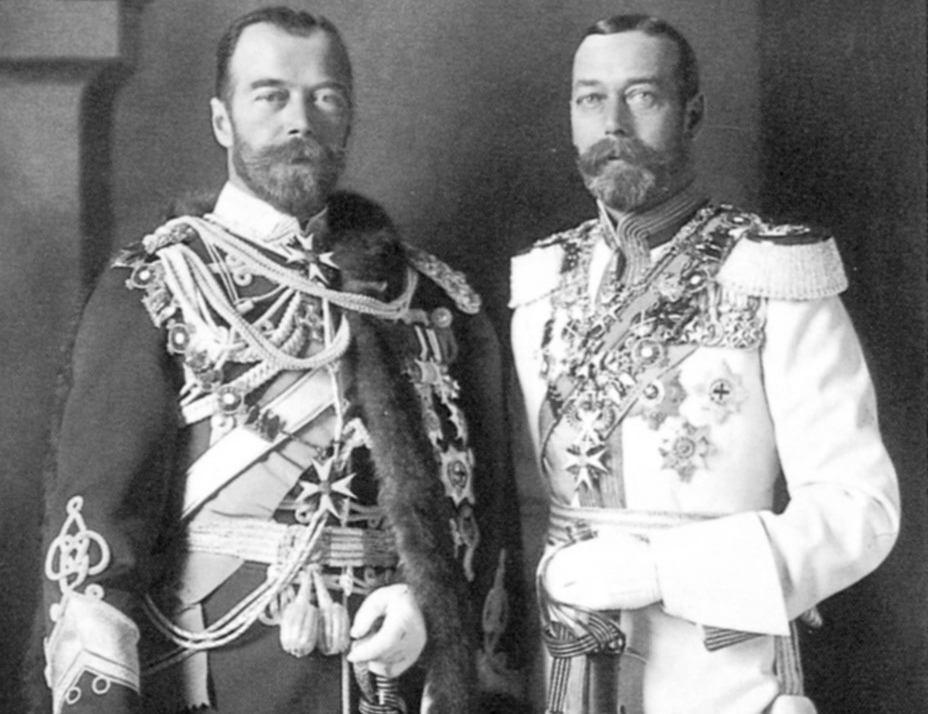2015-11-28 02:51 |
Перевел отчет моего хорошего друга на русский язык, прошло какое-то время. Он сам меня попросил опубликовать его отчет в РУНЕТе, и дать ссылки на него. Он в одно время являлся пилотом Королевский ВВС Австралии, и имеет свое мнение на катастрофу, которая произошла с русским бомбардировщиком SU-24.
Я не скажу, что я с ним согласен или не согласен. Просто опубликую тут его оригинальную версию на английском языке и свой перевод на русский язык.
Мой перевод дан в вольной форме, т. к . многие технические термины я не смог описать так, как они описаны на англиском языке, ввиду того, что я к авиации не имею ни малейшего отношения. ПРошу не обращать внимания на орфографические ошибки и неточности. Перед Вами всегда оригинал статьи - сможете перевести лучше, то сделайте это и выложите сюда для всех
ИТАК
Paul Leeming (Pilot of Royal Australian Air Force)
Su-24 Shootdown Analysis – Why I Believe The Russian Version of Events
I will preface this post by explaining my credentials, as they are relevant to the following analysis.
I was trained by the Royal Australian Air Force as a pilot in 1998-99, part of which involved mock high-low-high combat style navigation exercises with a time-on-target window of ±10 seconds, with diversions made en route for such things as mock surface-to-air (SAM) missile threats, to make life harder for us students. In my final test for this type of training, I hit my intended target at +2 seconds, well within the 10 second window.
So the following analysis is given with this in mind, taking the techniques I learned back then and applying them to the Turkish F-16 shootdown of the Russian Su-24 Fencer bomber on the 24th November 2015.
There are two competing maps I am using as part of this analysis – the Turkish version, and the Russian version. I have used both to try to figure out which version makes more sense.
Things are made a bit easier by the first hand testimony of the Russian navigator of the Su-24, Captain Konstantin Murakhtin, who survived and was subsequently rescued by Russian and Syrian Special Forces. According to Murakhtin, “It’s impossible that we violated their airspace even for a second. We were flying at an altitude of 6,000 meters (~18,000 ft) in completely clear weather, and I had total control of our flight path throughout. ”
Take a look at the map I have put together, showing the area from a precise height of 6,000 meters, so as to properly replicate the rough field of view the Su-24 crew had of the area.
Looking at the Russian map of the Su-24's flight path, and transposing that down to the ground track, a couple of features immediately stand out to my eye, which would help to orient the Su-24 in the correct airspace.
The first such feature is the straight stretch of highway intersected by what looks to be a bridge. It is very prominent, and would provide a fantastic visual waypoint at which to begin a right hand turn to take the Su-24 around the little tip of Turkish airspace and line it up with the other side (presuming that the intended ground target was in this border region somewhere to make it harder for Russians to hit them easily from the air).
More prominent still, is that the Turkish border in that precise area is very clearly delineated by some white roads or cleared areas that pass around the elevated terrain, following the border contours. The ridge of that elevated area likewise has a road atop it (which leads to a plaque featuring a quote by Ataturk, as it turns out), making it really easy to see exactly where the Turkish airspace begins and ends, as these features are not replicated anywhere else in the area.
Now look at the Turkish provided map, showing their version of where the Su-24 flew. I've helpfully highlighted this crossing zone with the Google Earth ruler tool (being generous to allow for the alleged 17 second incursion, which would give the Su-24 a ground speed of 728kmh, which seems plausible). I have also drawn in the rough path of the F-16 as shown by the Turkish map, but I've extended it to show that the F-16 would have had to execute a hard turn to avoid crossing into Syrian airspace itself.
According to the Turkish map, the F-16 was at roughly 12,000 ft, below the Su-24 by about 6,000 ft, when it fired a missile. I don't think it's been established which type of missile was fired, but it seems likely that it was an IR seeking AIM-9X or similar missile, which would not paint the Su-24 with radar energy (giving it no warning).
Something I find strange is that if you believe the Turkish version, it had to have fired the missile from below the Su-24's right side. If you believe the Russian version, the missile was fired almost head on. I can't reconcile either of these accounts with the statements of warning or no warnings given.
The optimal firing position for IR missiles is shooting from behind the target aircraft. This is not to say that other firing solutions won't give you a kill, but if I was going to fire on an aircraft, I would want to do it from behind, undetected, so as not to present myself as a target!
But if you look at the Russian map, there is one point at which this line up was possible – if the Russian Su-24 indeed followed the waypoint mentioned earlier, it would have had its rear to the approaching F-16 for a good minute or more, allowing for an optimal firing solution for the AIM-9X while keeping the Su-24 unaware of its presence (assuming the Su-24 was not painted by the F-16's radar).
If the Turkish F-16 took the decision to fire at that time, the missile would have followed the Su-24 as it turned the corner to come back up the right side of the Turkish border, impacting roughly in the right spot that both the Russian and Turkish maps show.
At that point, the Russian crew, having survived the initial hit but now left flying a fatally damaged aircraft, most probably tried their best to point back in the direction of Latakia Air Base (roughly 50km away and basically within sight of almost the entire mission) and get away from the area they were trying to bomb, either to limp home if possible or eject over friendly/neutral territory, or the ocean.
I have not addressed the issue of warnings given/not given here, as neither option seems reasonable to me.
If there were warnings given over a five minute period, as the Turkish government has stated, there is no possible way that the Su-24 could have ingressed Turkish airspace for that long, especially given that Turkey themselves have said the Su-24 was only in their airspace for 17 seconds! There is also the protocol that if an aircraft does not respond to radio warnings, you form up on its wing so it can clearly see you, because there is always the possibility that they have had a radio or electrical failure that precludes them hearing your warnings. That's where all those lovely photos of air forces shadowing each other come from – the Quick Reaction Aircraft are scrambled to check out what is coming close to their airspace, and let them know that they are being watched, so as not to try anything.
If there were no warnings given. . . . well, then it was a clear act of war by Turkey to intentionally shoot down a Russian aircraft which was nominally attacking militias/terrorists friendly to Turkey, who are trying to overthrow the Syrian government, whom Russia is helping.
In conclusion, based on the evidence and local terrain, along with both sides' publicly released maps of where each aircraft was or was not, I tend to believe that the Russian account is more truthful, in that it both makes more sense to me as a former pilot and that the Turkish firing position and warnings (or lack thereof) both seem to only be possible if there was prior intent to shoot (as the Su-24, if the Turkish account were to be believed, only transited Turkish airspace for 17 seconds).
I welcome any comments, thoughts and discussion, as well as any other evidence that may аltеr my analysis.
далее будет карта и русский перевод. не ломайте. . . всего три поста. .
Подробнее читайте на yaplakal.com ...



